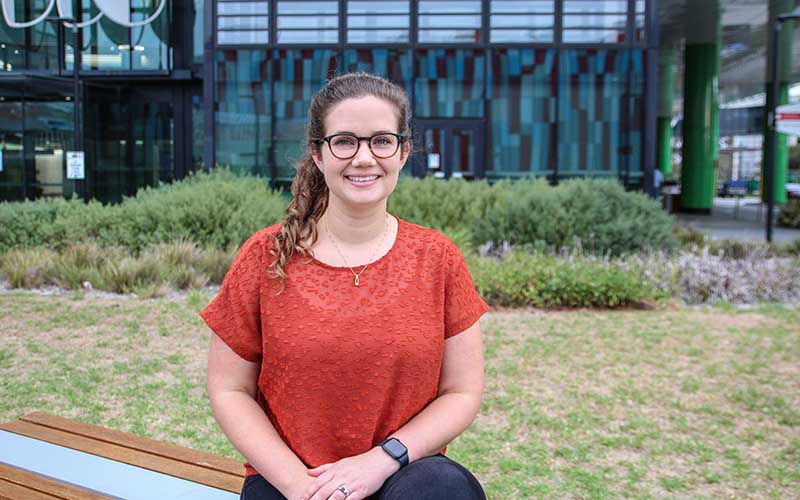Search
Research
Using clinical information to make individualized prognostic predictions in people at ultra high risk for psychosisRecent studies have shown an association between psychopathology and subsequent clinical and functional outcomes in people at UHR for psychosis.
Research
Family structure and childhood mental disorders: new findings from AustraliaThis report provides new evidence of the relationships between family structure and childhood mental disorders in an under-researched context, Australia
Research
Further examination of the reducing transition rate in ultra high risk for psychosis samples: The possible role of earlier interventionThe rate of transition to psychotic disorder in ultra high risk (UHR) patients has declined in recent cohorts. The reasons for this are unclear, but may...
Research
Discrete alterations of brain network structural covariance in individuals at ultra-high risk for psychosis.The aim of the present study was to investigate whole-brain structural covariance patterns of eight large-scale networks in young people identified as...
Research
Discrete Alterations of Brain Network Structural Covariance in Individuals at Ultra-High Risk for PsychosisWhole-brain structural covariance analyses revealed subtle changes of connectivity of the default-mode, executive control, salience, motor, and auditory networks in UHR individuals for psychosis

News & Events
Fellowship paves way for world-first LGBTQA+ suicide prevention initiativeDr Penelope Strauss will use a prestigious Post-Doctoral Fellowship from Suicide Prevention Australia to develop and trial a world-first intervention.

News & Events
Trans Pathways researcher recognised as one of Australia’s Tomorrow MakersYouth mental health researcher Penelope Strauss has been named an AMP Tomorrow Maker – the first researcher from The Kids Research Institute Australia to win one of the annual AMP Foundation grants.
Research
Perceived stigma and self-stigma in young people at ultra-high risk for psychosis: Associations with identity-related, psychological and functional outcomesPerceived stigma and self-stigma negatively affect identity-related, psychological and functional outcomes among stigmatised populations. There is limited research exploring the impact of stigma among young people at ultra-high risk (UHR) for psychosis. We investigated the association of perceived stigma and self-stigma with these outcomes in young people at UHR.
Research
Ensuring That Marginalized Young People Feel Welcome, Understood, and Empowered in Health Services: A Qualitative Examination of the Service Needs of Aboriginal LGBTQA+ Young PeopleA lack of appropriate care and discrimination in healthcare settings likely compounds the existing risks to mental health and well-being for Aboriginal and Torres Strait Islander lesbian, gay, bisexual, trans, queer/questioning, and asexual (LGBTQA+) young people. The current study contributes findings from Aboriginal LGBTQA+ young people's perspectives on their health service needs and preferences.
Research
Characterising symptomatic substates in individuals on the psychosis continuum: a hidden Markov modelling approachTo improve early intervention and personalise treatment for individuals early on the psychosis continuum, a greater understanding of symptom dynamics is required. We address this by identifying and evaluating the movement between empirically derived attenuated psychotic symptomatic substates-clusters of symptoms that occur within individuals over time.
